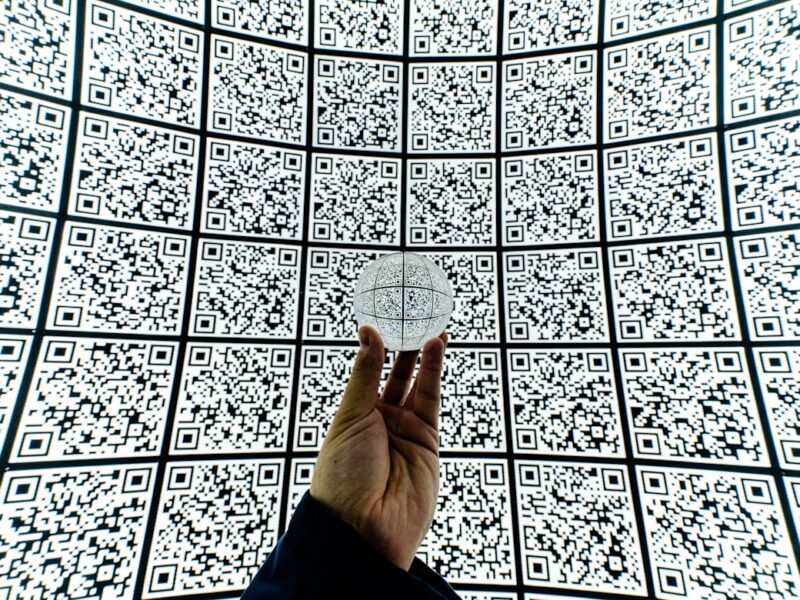Geofencing is transforming how businesses interact with customers by leveraging location-based marketing strategies. This technology allows businesses to set up virtual barriers that trigger specific marketing actions based on users’ geographic locations. As mobile applications become more sophisticated, the ability to influence customer engagement through targeted offers right when consumers are nearby is becoming increasingly vital.
What is geofencing?
Geofencing is a location-based marketing technique that creates virtual geographical boundaries for targeted marketing actions. It utilizes technologies like GPS, RFID, and Wi-Fi to monitor users’ movements and engage them when they enter or exit these defined areas.
Understanding location-based marketing
Location-based marketing uses geofencing as a way to enhance connections with customers. By sending tailored messages when users enter or leave set zones, businesses can significantly increase customer engagement.
Importance of virtual geographical boundaries
- Definition: A geofence is a defined area that triggers specific marketing actions.
- Technologies Used: Utilizes GPS, RFID, Wi-Fi, and cellular data to monitor user locations.
How does geofencing work?
Geofencing works through mobile applications monitoring user locations. When users move within predefined virtual boundaries, the technology triggers specific actions that enhance their engagement.
Categories of geofences
Geofences can be categorized into two main types based on user interactions:
- Active geofences: Require user permission and active engagement with mobile applications.
- Passive geofences: Operate in the background, monitoring locations without direct user interaction.
Technical setup of geofencing
For effective implementation of geofencing, marketing professionals create geofences using specialized software and mapping tools that allow precise definition of locations.
Tools for creating geofences
- Mapping software: Geographic tools like Google Maps and Google Earth are commonly used.
- Coordinate systems: Utilize precise longitude and latitude to define boundaries accurately.
User-defined geofencing
Individuals can also utilize geofencing technology for personal use, setting reminders and alerts based on their location. This personal automation of tasks improves daily efficiency.
Automating personal actions
By applying the “if this, then that” principle, users can receive location-based notifications, making it easier to manage their time effectively.
Benefits of geofencing
The advantages of geofencing extend beyond marketing strategy to influence customer engagement and overall operational efficiency within a business.
Enhancing customer engagement
Geofencing allows businesses to attract potential customers with customized offers triggered by their proximity to your physical location. It also provides valuable insights into consumer behavior, such as foot traffic patterns and engagement duration.
Improving marketing efficiency
Effective omnichannel marketing strategies powered by geofencing can increase sales and better manage advertising expenditures, maximizing return on investment.
Applications of geofencing
Geofencing serves multiple functions across various industries, not just marketing. Its versatile applications make it a powerful tool in several domains.
Primarily in marketing
- Attracting foot traffic: Sending promotions to users who are nearby brick-and-mortar stores.
- Competitive targeting: Creating geofences around competitors to attract their customers.
Other notable applications
Geofencing technology has exciting uses beyond marketing, such as:
- Drone management: Establishing no-fly zones to ensure safety.
- Security management: Monitoring access in restricted areas.
- Fleet management: Receiving alerts for route deviations.
- Time management: Tracking employee attendance based on location.
- Home automation: Controlling smart devices based on user presence.
- Animal tracking: Notifying owners when pets cross set boundaries.
- Law enforcement: Monitoring compliance with geographical restrictions.

